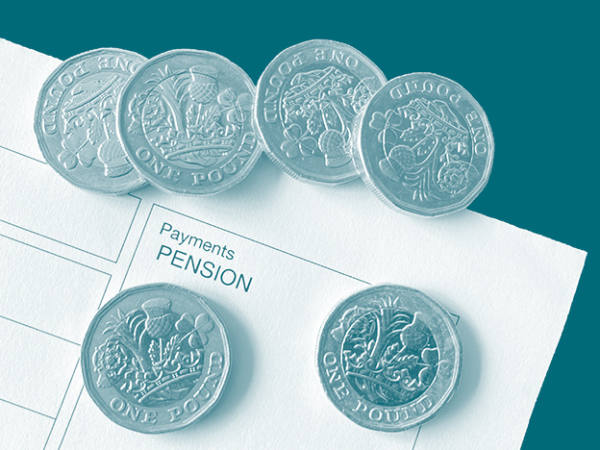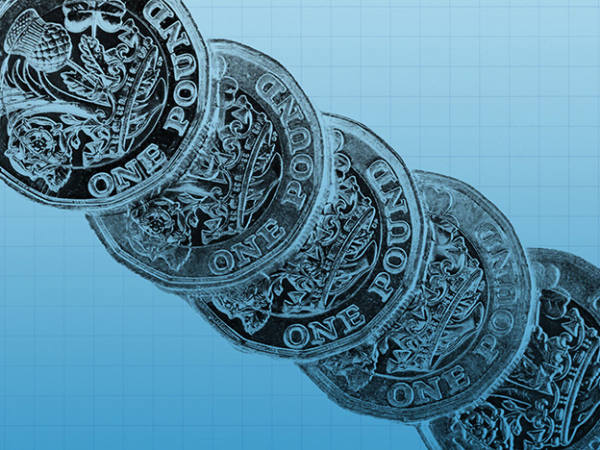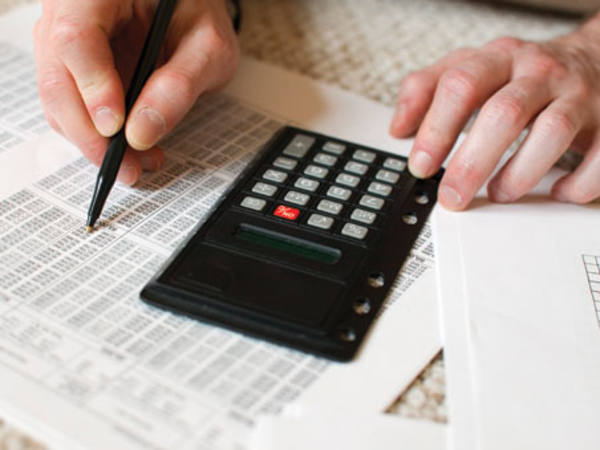- You don't have to withdraw all of your pension tax-free sum straight away
- Postponing taking it gives your investments a chance to recover from market falls and can have tax benefits
- There are different ways to access the sum flexibly
Taking a quarter of your pension as cash as soon as you are able to without owing a penny to the taxman sounds tempting. This sum of money could enable many things, from buying that car you have always wanted, a holiday of a lifetime or a home makeover. But whether or not it makes sense to take cash from your pension when you first retire very much depends on your circumstances, and it might pay off to wait or space out the withdrawals over years – especially in the current market environment.
How it works
When you turn 55, you can withdraw up to 25 per cent of your pension pot as a tax-free lump sum, and move the remaining 75 per cent into a drawdown plan or use it to buy an annuity – or do a combination of the two. If you do this, your pension pot is 'crystallised' and any income you derive from it (other than the tax-free 25 per cent) is subject to income tax.
Income tax applies if you take the whole pot as cash – the first 25 per cent is tax-free but the rest is not. Depending on how big the pot is and what other sources of income you have, doing this might push you into a higher income tax bracket and result in a hefty tax bill. For this reason, taking a whole pension as cash tends not to be a good idea unless you have a very small pot.
Taking the 25 per cent tax-free lump sum straight away can make sense if you have a clear purpose in mind for the cash, for example, paying off your mortgage or going on a big trip. But the mortgage or pension dilemma needs to be carefully evaluated in the context of the interest rate that applies to your debt, among other things. And if you plan to use the sum to treat yourself to a once-in-a-lifetime cruise to the Caribbean, make sure that you can afford the expense without compromising your comfort in retirement. We will cover this in more detail in next week’s magazine
If you know what you want to do with the money and are confident you can afford it, taking the whole tax-free sum from your pension can be an option. But, as Zoe Dagless, senior financial planner at Vanguard, puts it, “just because you can, doesn’t mean you should”.
Potential risks
A key consideration is that taking the lump sum means divesting it from your pension. After last year's bloodbath in the financial markets, if you do this now you could crystallise losses. Even if you have a plan for how to use the sum, postponing the withdrawal by a year or two might enable you to take advantage of a recovery. And keeping the sum invested will give your pot a better chance of growing.
Crystallising your pot also forces you to make a decision on how to use it. If you have stopped working and are clear on your retirement plans, this can be a good thing. You can buy annuities, which have become more attractive following the rise in interest rates, or move your pension into drawdown and invest it according to a suitable strategy. Crystallising your pot can be a catalyst for switching to a more personalised approach, particularly if previously it was invested according to a default lifecycle strategy.
But waiting to withdraw your tax-free cash gives you more flexibility, especially if you are still working and only want to use some of your pension to reduce your hours rather than fully retire. Annuities in particular are a non-flexible product.
Christian Feroze, financial planning director at Investec Wealth, notes that it often makes sense for affluent clients who are likely to have an inheritance tax (IHT) liability to preserve their pensions and live off other assets. In terms of tax, pensions are very generous: they can be passed on without IHT and, if their holder dies before age 75, beneficiaries can draw from the pot free of income tax. If the pension holder dies after age 75, there is a stronger case for having withdrawn the tax-free sum beforehand because the beneficiaries won't be entitled to take this portion tax free, and all withdrawls will be taxed at their marginal income tax rate, albeit IHT-free.
You’ve got time
Contrary to what instinct might suggest, there is no real rush to access your pension’s tax-free lump sum. Claire Trott, divisional director of retirement and holistic planning at St James’s Place, says that one of the reasons why people sometimes are keen to take it straight away is “an ongoing fear that the option may be removed. [But] the government usually gives some notice of [pension] changes to come to give people a chance to act, or even provides protection for those who already have an entitlement. This generally means that you should only access your tax-free cash when you have a need for it.”
Dagless adds that sometimes people just want ready access to their money. “These emotional reactions, although often understandable, must be balanced against the fact there may be better, more tax-efficient options,” she says.
And remember that you can also access the cash flexibly. “There’s a common misconception that you have to withdraw all 25 per cent at once,” says Feroze. But there are two main ways to avoid doing that.
You can “split” your pot, crystallise a portion of it and take a quarter of that portion as tax-free cash. For example, if you have a £200,000 pot and only want to withdraw £25,000 in cash, you can crystallise half of the pot. This will allow you to take £25,000 as a tax-free sum, move £75,000 into a drawdown plan or use it to buy an annuity, and leave the remaining £100,000 uncrystallised and invested.
Alternatively, you can withdraw cash without crystallising your pot. For each sum you withdraw, 25 per cent is tax-free and 75 per cent is subject to income tax. This is called an uncrystallised funds pension lump sum (UFPLS). UFPLS provides a lot of flexibility, but Feroze cautions that it is not a strategy for the entirety of your retirement. However, if you retire early, it can be a way to use up your personal allowance until you reach state pension age.
Compared to withdrawing the whole tax-free lump sum as soon as you become eligible, waiting, splitting your pot or UFPLS are likely to result in you ultimately getting a bigger tax-free sum. This is because as your uncrystallised pot continues to grow, so will the tax-free portion.
However, withdrawing a UFPLS triggers the money purchase annual allowance (MPAA), meaning that the amount that you are able to pay into your pension pot with tax relief drops from up to £40,000 to £4,000 a year. The MPAA is triggered if you withdraw cash from an uncrystallised pot, take more than 25 per cent in cash from a crystallised pot or start drawing income from a drawdown plan.
Some pension schemes, meanwhile, might limit your options. Not all allow you to leave the tax-free cash after age 75, for example, and some force pension holders to buy an annuity when they reach that age, warns Feroze. So if you are thinking of taking your pension benefits via one of the more flexible strategies, check that your provider offers full flexi-access drawdown options.











